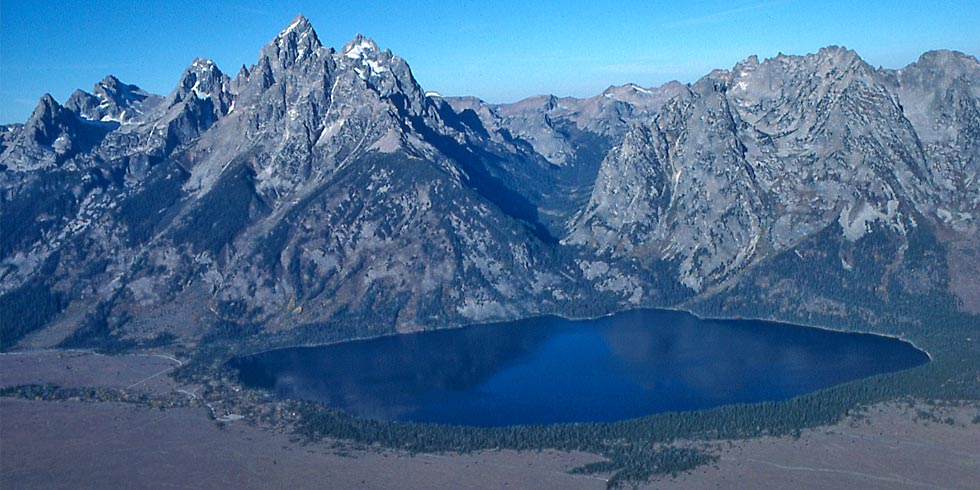Pinedale Glaciation
14,000-50,000 years ago
Pinedale glaciers gouged depressions on the valley floor and deposited glacial moraines around the edges. The glaciers melted forming today’s valley lakes, such as Jenny and Jackson, dammed by the moraines.

